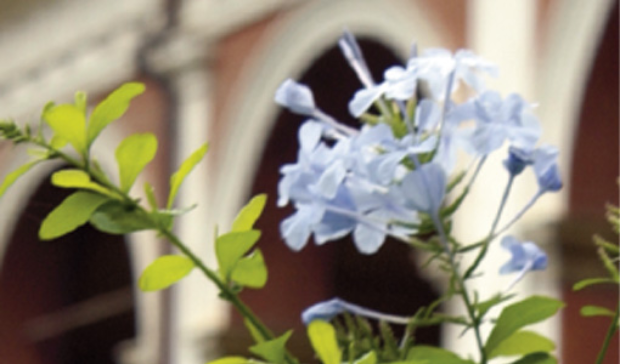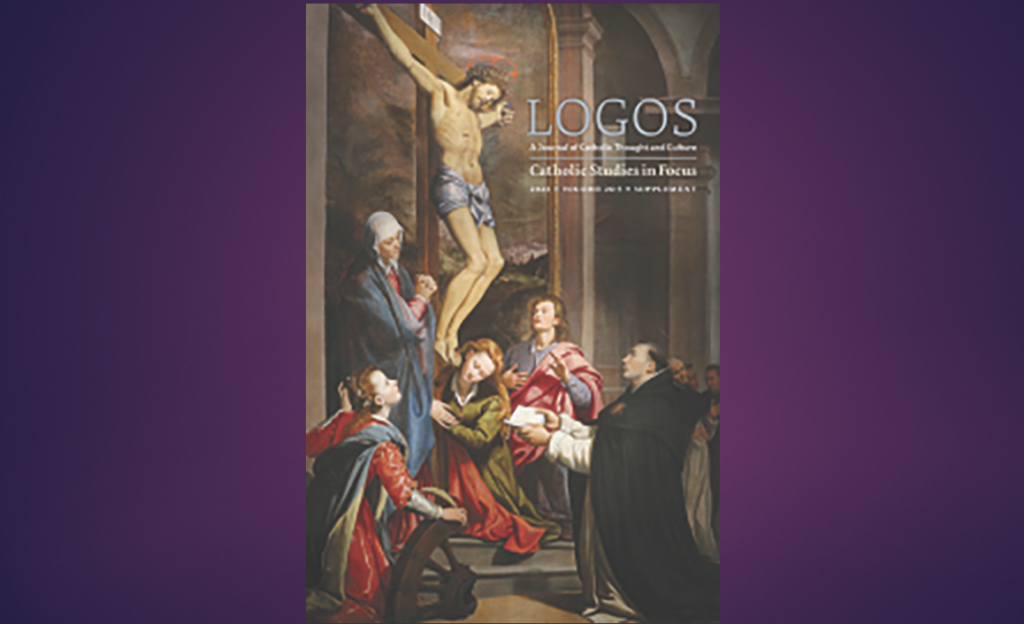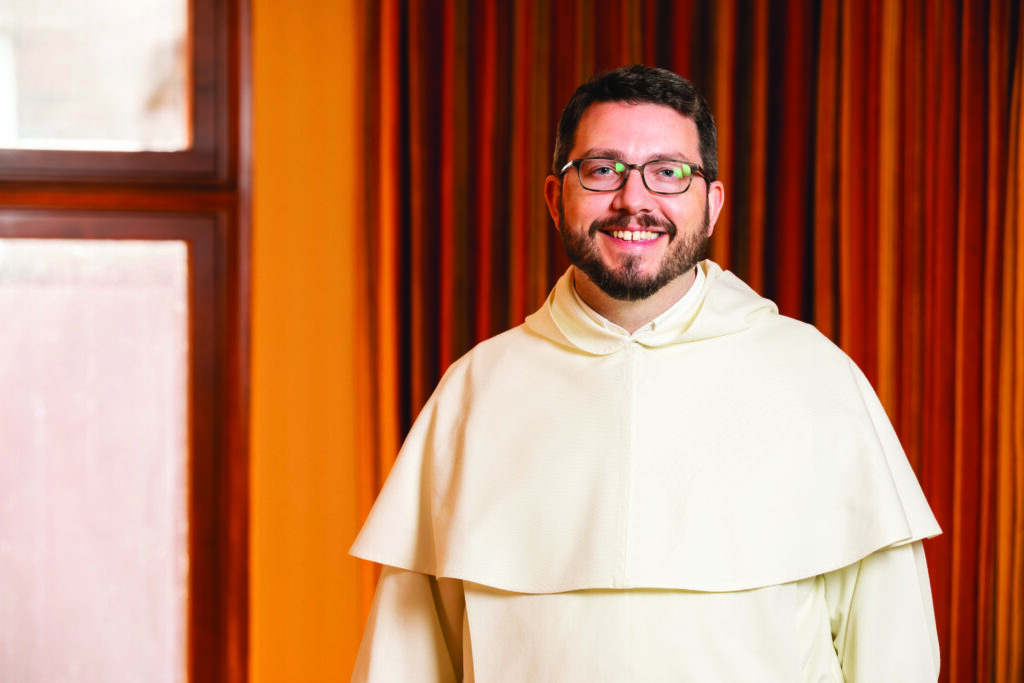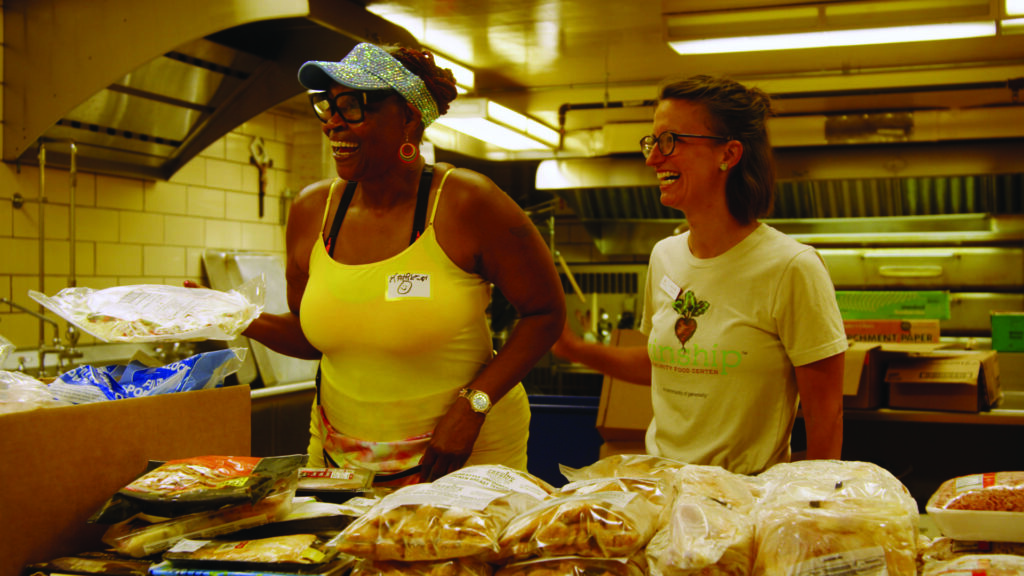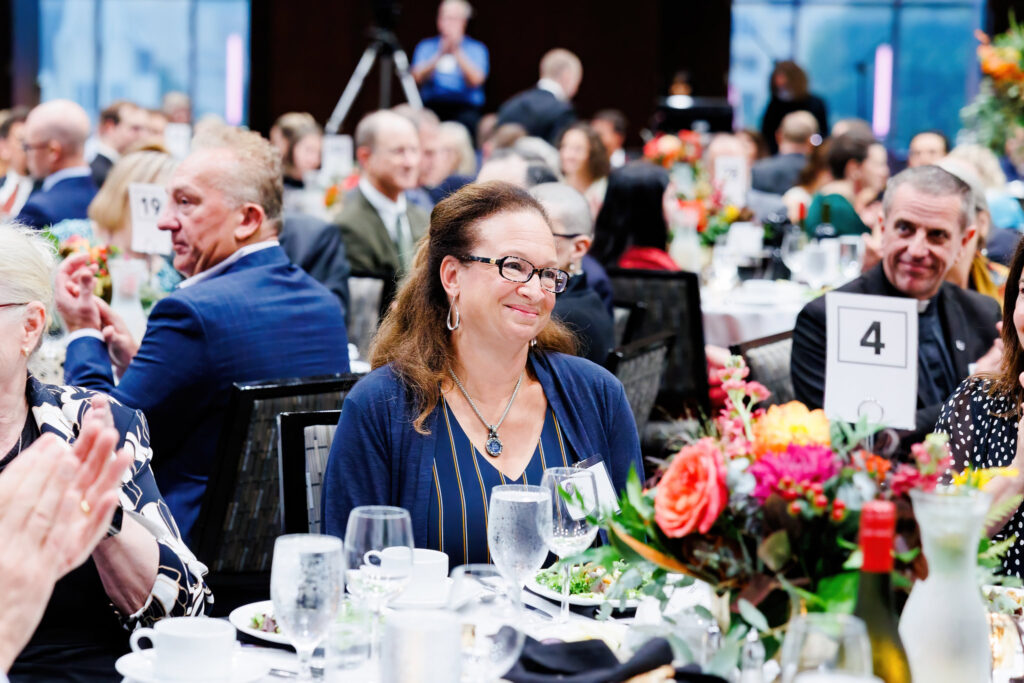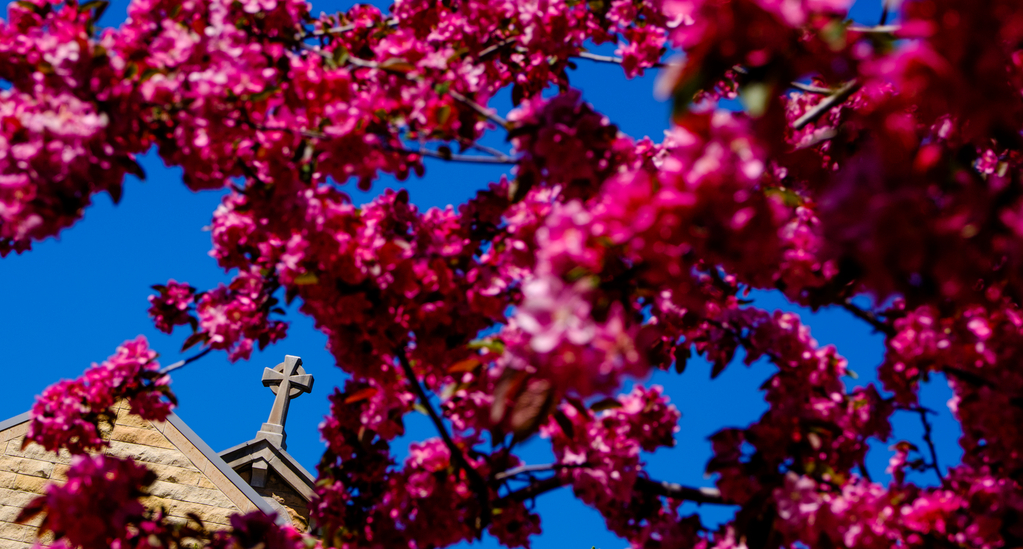Dr. Elizabeth Lev studied art history at the University of Chicago and the University of Bologna and has lived in Italy for 20 years. She has taught art history at Duquesne University’s Italian campus since 2002 and has recently begun teaching for the St. Thomas Catholic Studies in Rome program. The daughter of U.S. ambassador to the Holy See, Mary Ann Glendon, Lev is a regular contributor to ZENIT news service and her articles have appeared in such journals as First Things and Inside the Vatican. This past summer, Lev was at St. Thomas to teach a Catholic Studies faculty seminar titled “Reform and Renewal: The Transformation of the Art and Architecture of Rome from 1565-1650.” Perspectives interviewed Lev about the seminar and her teaching.
Why are you interested in this relatively short period of Rome’s art and architecture?
Counter-Reformation Rome was a time of bitter battles and exultant triumph, and as such it bears a striking resemblance to our own age. As with Vatican II, the Council of Trent re-emphasized the tenets of the Catholic faith in the face of skepticism and outright revolution. Like today, it was an era of saintly leaders who exhorted Catholics to live and profess their faiths heroically. But the Church of the 16th century recognized art as a powerful ally for the propagation of the faith. It charged patrons and artists to produce works that would rally Catholics, reminding them of their glorious past and their constant, loving relationships with God.
What were your specific goals for this faculty seminar and why?
Most art history books dismiss the late 16th century in Italy as the near death of art. I hoped to demonstrate the great artistic value of this period not only for its depth and aesthetic but also for its powerful expression of the historicity and uniqueness of art in the Catholic Church. Another point I wanted to make was how the discipline of art history is forged with certain biases including strong anti-Catholic prejudices. Today, the art of, say, Caravaggio has been completely re-interpreted so as to empty it of its original Christian content. Others, like Caravaggio’s contemporary Frederico Fiori, are deemed beneath notice. This seemed an appropriate subject to explore with the St. Thomas faculty.
One question that frequently arises about this period is the notable opulence of the art and the seeming extravagance of the popes and clergy in their patronage of it. How do you address this question?
While Baroque art dazzles in its sumptuousness, to us it may seem wasteful. Americans in particular tend to appreciate simplicity and understatement. But as the center of a universal Church, Rome had long learned that messages should be made loud and clear. The elaborate decorations emphasized the church as the house of God and highlighted the importance of the liturgy, the tabernacle and the living presence of Christ. The magnificent settings even today encourage visitors to feel awe in the Lord’s presence. As the principal pilgrimage site of the 16th century, Rome was meant to be an earthly reflection of the celestial Jerusalem with all the splendor that this implied.
What is your impression of teaching art to Catholic Studies students in Rome?
While Baroque art dazzles in its sumptuousness, to us it may seem wasteful. Americans in particular tend to appreciate simplicity and understatement. But as the center of a universal Church, Rome had long learned that messages should be made loud and clear. The elaborate decorations emphasized the church as the house of God and highlighted the importance of the liturgy, the tabernacle and the living presence of Christ. The magnificent settings even today encourage visitors to feel awe in the Lord’s presence. As the principal pilgrimage site of the 16th century, Rome was meant to be an earthly reflection of the celestial Jerusalem with all the splendor that this implied. What is your impression of teaching art to Catholic Studies students in Rome?
